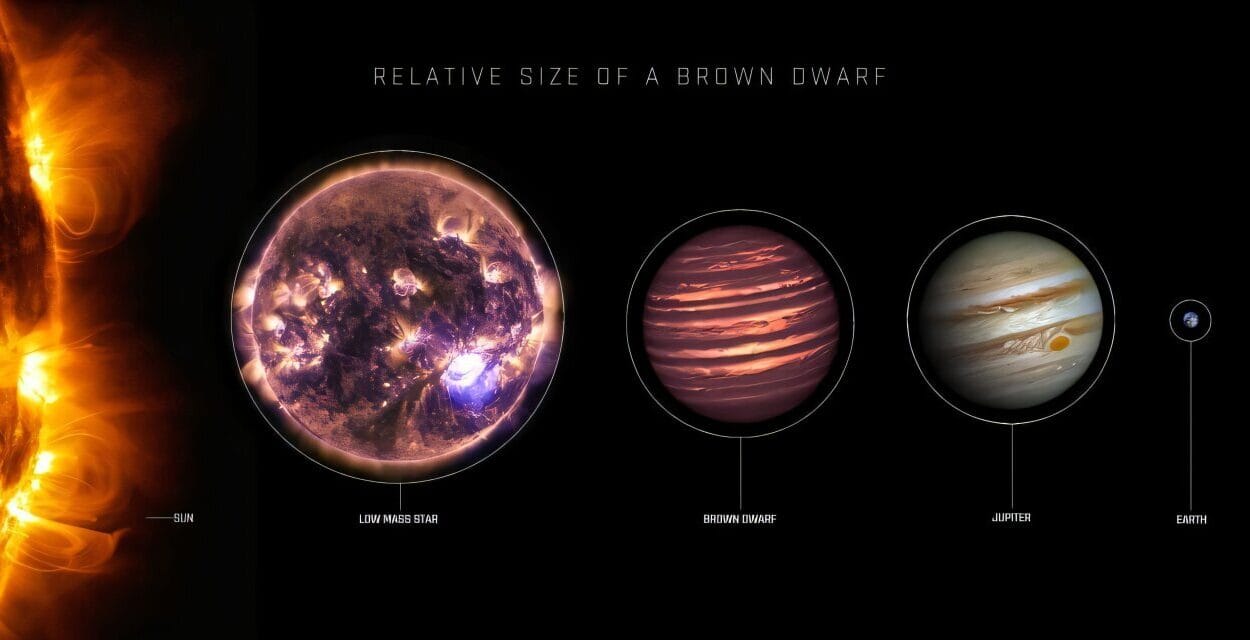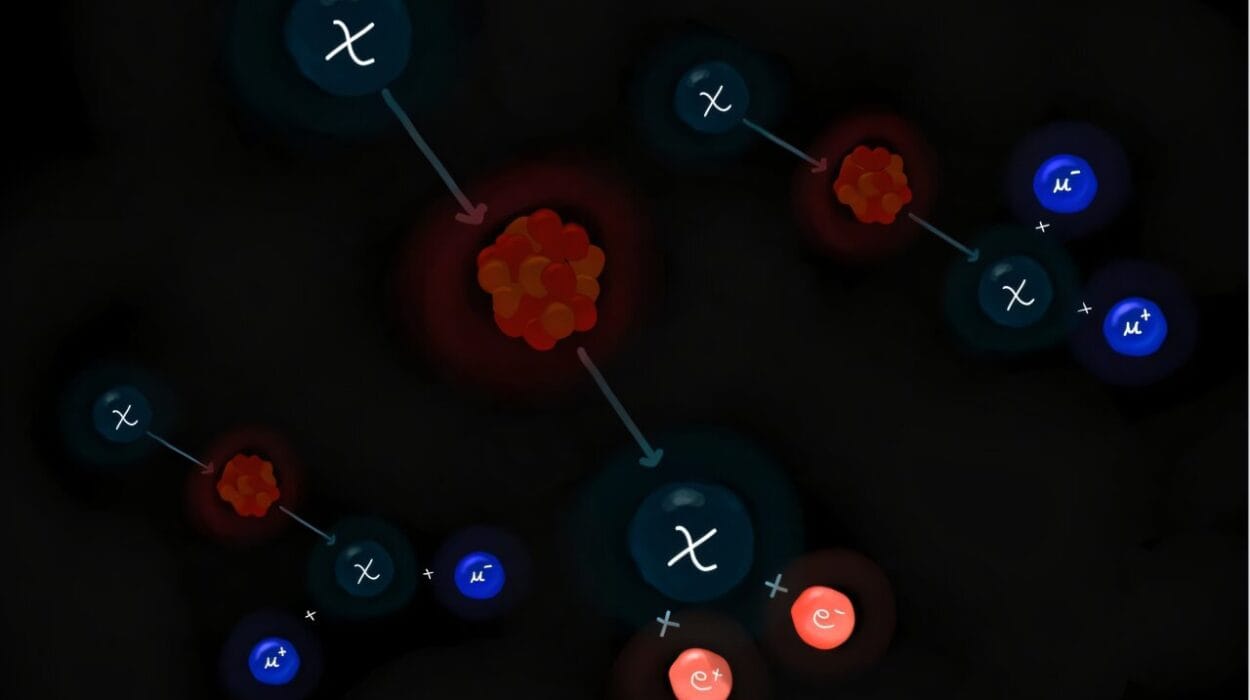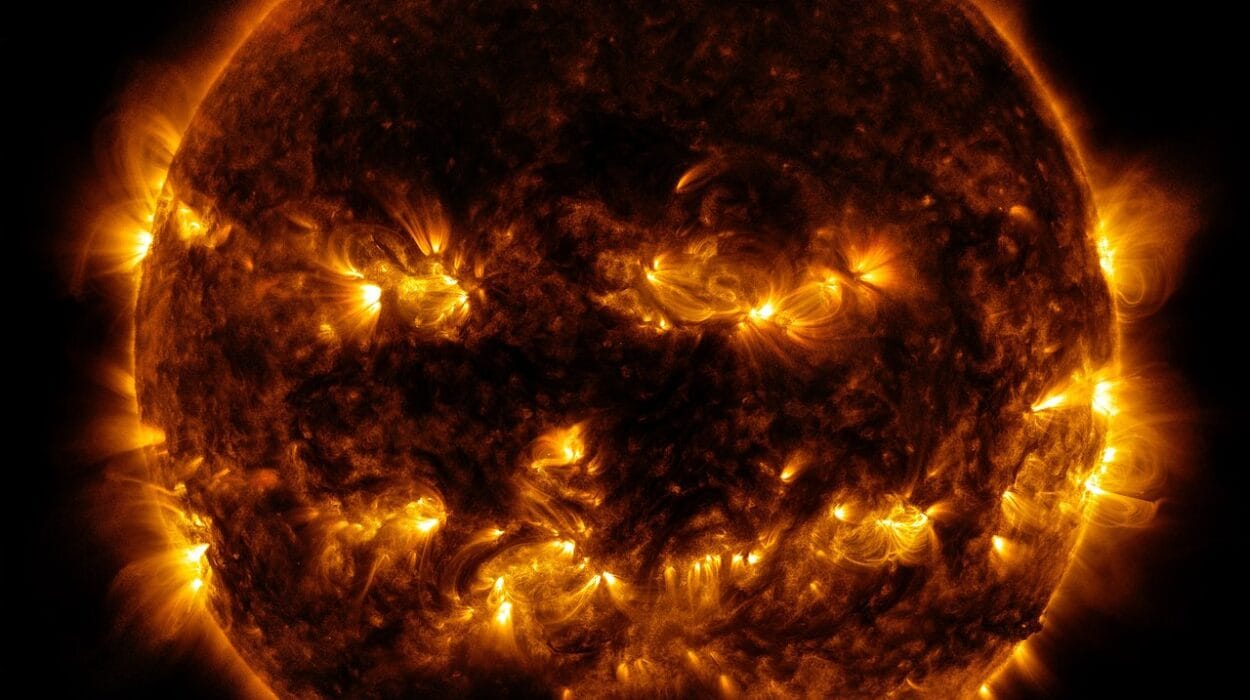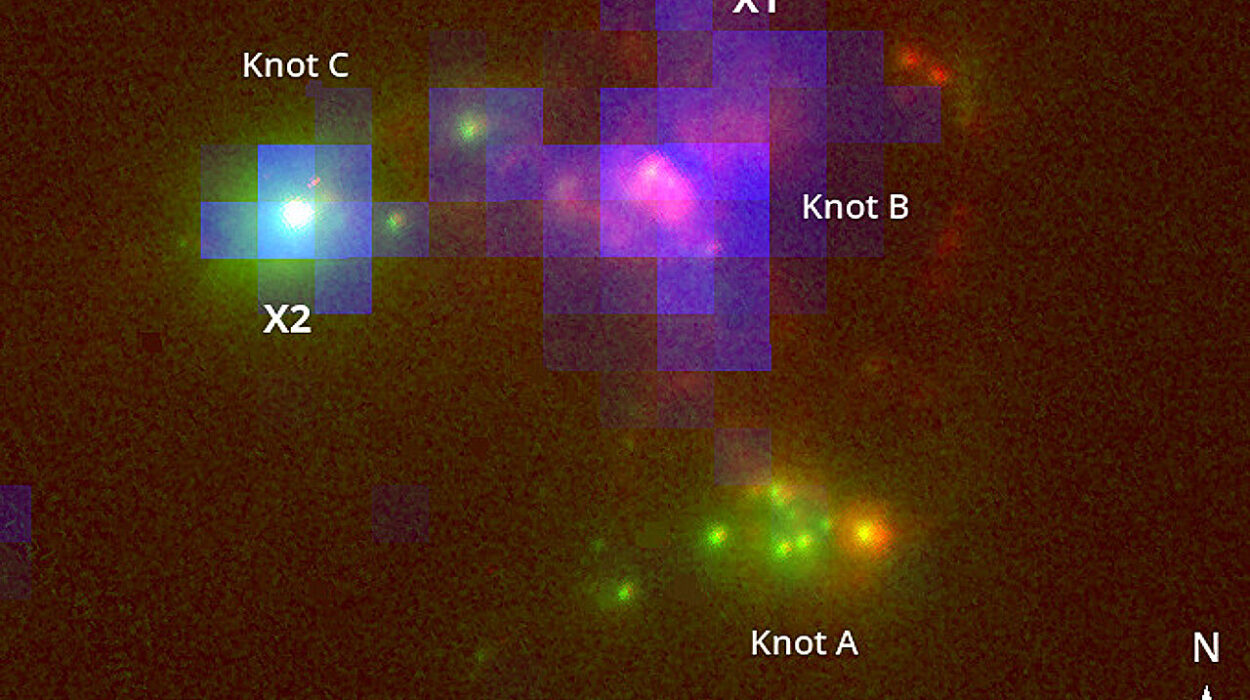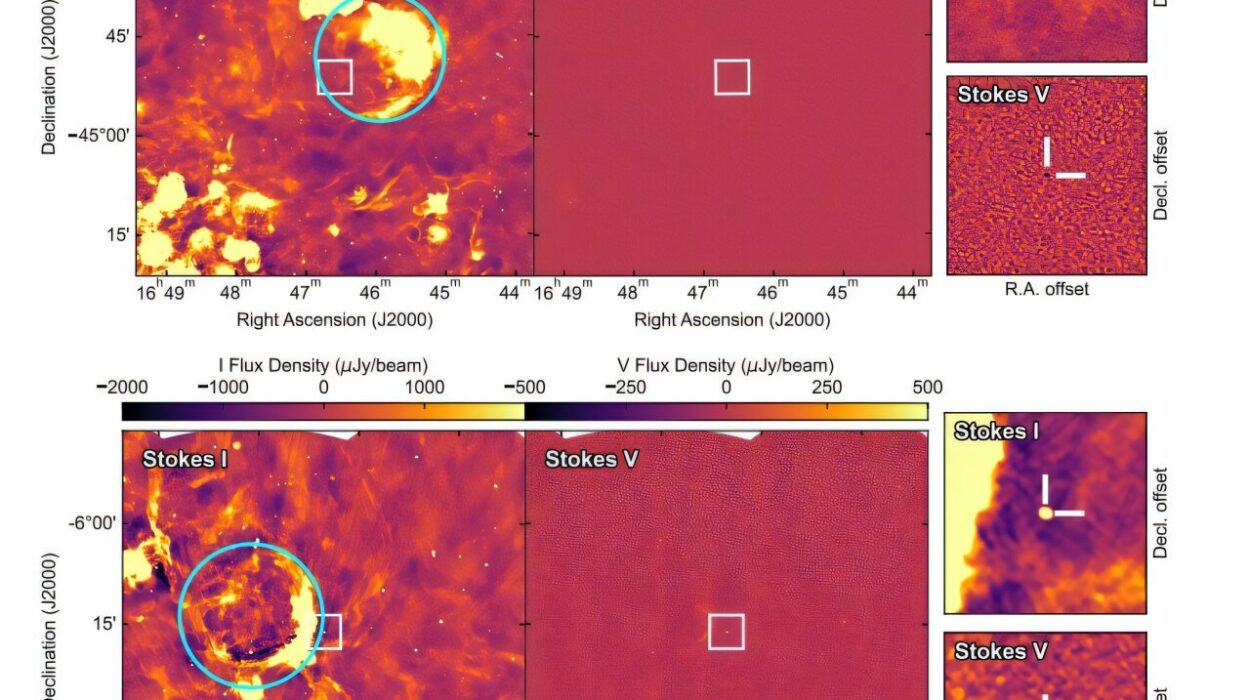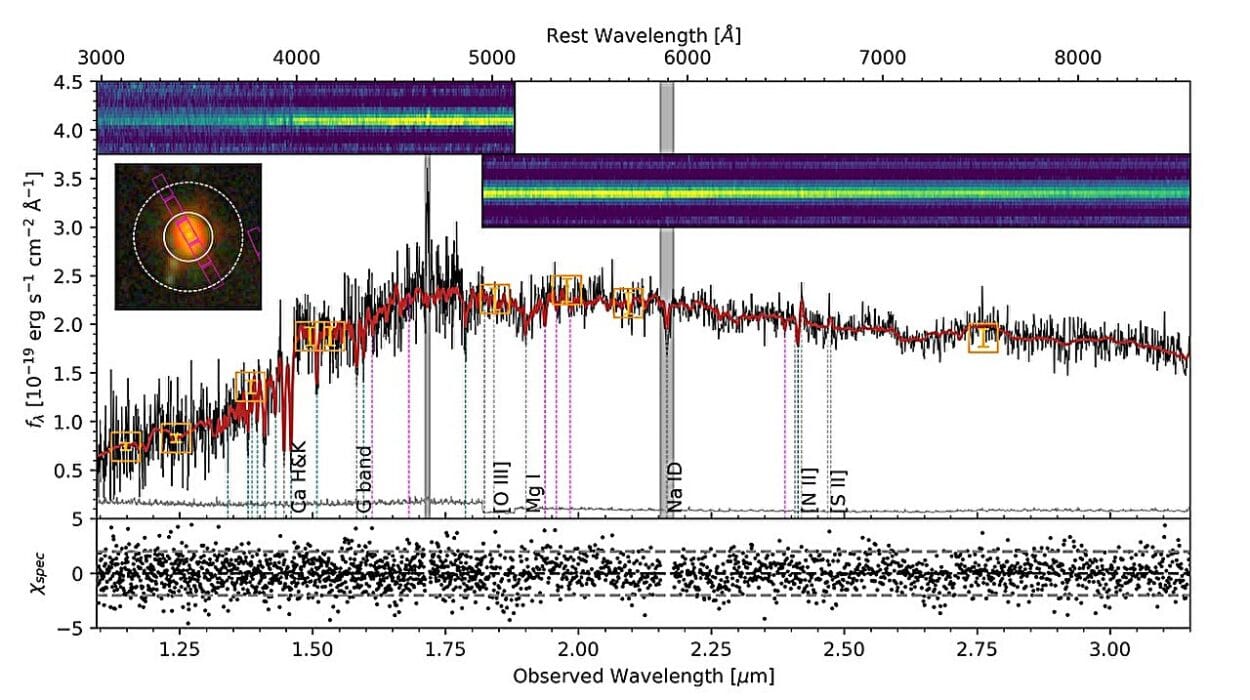In the early decades of the twentieth century, astronomers peered into the night sky and made a discovery that forever changed our place in the cosmos. The galaxies we observed were not fixed or eternal—they were drifting away from each other, carried outward on the tide of an expanding universe. Decades later, we learned that this expansion was not slowing down under the weight of gravity, as common sense might suggest, but instead accelerating. Something unseen, something woven into the very fabric of spacetime, was driving galaxies apart with an invisible hand.
This mysterious force was given a name: dark energy. For years, dark energy has been described as a constant, a steady and unchanging property of the universe. But what if it is not constant at all? What if it changes over time, waxing and waning like the light of a distant star? That question has become one of the most pressing frontiers in modern cosmology.
Dark Energy and the Standard Model of Cosmology
For decades, scientists have worked within a framework known as the Lambda Cold Dark Matter model, abbreviated ΛCDM. This model is elegant in its simplicity. It assumes that the universe is composed of three major ingredients: ordinary matter (the atoms that make up stars, planets, and us), cold dark matter (a mysterious, invisible form of matter that interacts through gravity but not light), and dark energy, represented by the Greek letter Lambda (Λ).
In this model, dark energy is treated as a cosmological constant, a fixed property of spacetime that exerts a repulsive force on cosmic scales. It is what allows the expansion of the universe to accelerate. For decades, ΛCDM has been the gold standard of cosmology, successfully explaining a wide range of observations, from the afterglow of the Big Bang to the distribution of galaxies across billions of light-years.
And yet, ΛCDM leaves us with a haunting question: is dark energy truly constant, or could it evolve with time?
A Hint of Change
Recent astronomical surveys have begun to suggest that the simplest picture may not be the whole story. The Dark Energy Spectroscopic Instrument (DESI), one of the most advanced galaxy-mapping projects ever built, has provided tantalizing evidence that dark energy might not be perfectly constant. Instead, the data seem to prefer a model where dark energy varies across cosmic history—a concept known as dynamic dark energy, or DDE.
If true, this would represent a profound shift in our understanding of the universe. A dynamic dark energy would mean that the very force shaping cosmic expansion is itself evolving. Such a revelation would not only challenge the standard ΛCDM model but would also open new questions about the fundamental nature of spacetime.
Simulating a Changing Cosmos
Against this backdrop, a team of international researchers led by Associate Professor Tomoaki Ishiyama from Chiba University in Japan set out to test what a universe with dynamic dark energy would look like. To do this, they turned to one of the most powerful scientific tools at our disposal: cosmological simulations.
Using the Japanese supercomputer Fugaku—one of the fastest machines in the world—the team ran three massive, high-resolution N-body simulations. These simulations modeled how matter in the universe clumps together under gravity over billions of years, forming the cosmic web of galaxies and galaxy clusters that we observe today.
The first simulation was a control: the standard ΛCDM model, based on the well-tested Planck-2018 cosmological parameters. The second introduced a dynamic dark energy component while holding other parameters constant, isolating the effect of DDE alone. The third incorporated the best-fit parameters suggested by DESI’s first-year data, which included not only dynamic dark energy but also a higher overall matter density in the universe.
Each of these simulations was enormous in scope—eight times larger in volume than previous projects of this kind—allowing the researchers to track the formation of cosmic structures with unprecedented detail.
Surprising Results
The results were both subtle and striking. When the researchers added dynamic dark energy alone, without changing other parameters, the effects on structure formation were modest. Galaxies and clusters formed much as they would under the ΛCDM model. But when they incorporated DESI’s suggested parameters, including a universe with 10% more matter, the picture changed dramatically.
With more matter in the mix, gravity became stronger, pulling structures together more efficiently. Galaxy clusters formed earlier and in greater abundance. In fact, the DESI-derived DDE model predicted up to 70% more massive galaxy clusters in the early universe compared to the standard ΛCDM scenario. These clusters serve as the scaffolding of the cosmos, the great nodes of the cosmic web, and their abundance tells us much about the underlying physics of cosmic expansion.
The Cosmic Ruler
The team also turned its attention to a subtle but powerful feature of the universe known as baryonic acoustic oscillations, or BAOs. These are the faint imprints of ancient sound waves that rippled through the plasma of the early universe before the first atoms formed. Today, they remain as slight but measurable patterns in the distribution of galaxies, providing cosmologists with a kind of cosmic ruler to measure distances across space.
In their simulations, the DESI-derived DDE model shifted the BAO peak by 3.71% toward smaller scales. Remarkably, this matched the shift seen in actual DESI observations, offering strong validation for the model. The consistency between theory and observation suggested that dynamic dark energy, coupled with a slightly denser universe, might indeed be the key to resolving emerging tensions in cosmology.
A Universe of Clusters and Patterns
Beyond galaxy clusters and BAOs, the team also examined how galaxies are distributed and how they cluster together across space. The DDE model with DESI’s parameters predicted significantly stronger clustering signals, especially at smaller scales. This finding was not only measurable but also consistent with the observational data already in hand.
The implication is profound: the fingerprints of dynamic dark energy may already be written across the cosmos, hidden in the large-scale structure of galaxies and clusters. With the right tools, we are beginning to decode those fingerprints.
The Bigger Picture
What does all of this mean for our understanding of the universe? According to Dr. Ishiyama, the study highlights an essential truth: variations in fundamental cosmological parameters, such as matter density, can have a more dramatic influence on structure formation than dark energy’s time variation alone. But when the two are combined—as suggested by DESI’s findings—the universe reveals itself as far richer and more dynamic than we had imagined.
This does not mean the ΛCDM model is obsolete. On the contrary, it has been a powerful and successful framework. But it may be a stepping stone rather than a final destination. Just as Newton’s physics gave way to Einstein’s relativity without erasing its successes, ΛCDM may one day give way to a deeper, more complete model that incorporates dynamic dark energy.
Looking Ahead
The future of cosmology is bright with possibility. The simulations conducted on Fugaku are just the beginning. New surveys, such as the Subaru Prime Focus Spectrograph in Japan and the full suite of DESI data, promise to deliver far more precise measurements in the coming years. Space-based observatories like the Euclid telescope and the Nancy Grace Roman Space Telescope will push even further, mapping the distribution of galaxies across unprecedented scales.
Each new dataset will serve as a test of the DDE hypothesis. If the hints we see today grow into a consistent pattern, we may be on the cusp of one of the greatest discoveries in cosmology: that the very engine driving cosmic expansion is alive, dynamic, and evolving.
The Emotional Weight of Discovery
There is something deeply moving about this pursuit. We are, after all, tiny beings on a small planet orbiting an ordinary star. Yet we are able to use mathematics, telescopes, and supercomputers to ask questions about the fate of the universe itself.
The idea that dark energy may change over time invites us to see the cosmos not as static but as a living story, unfolding chapter by chapter. If dark energy is dynamic, then the future of the universe is not written in stone—it is still being written, and we are witnesses to the draft.
This is the beauty of physics and cosmology: not only the equations and observations, but the sense of wonder they inspire. The more we learn, the more mysterious and magnificent the universe becomes.
Conclusion: Toward a Deeper Universe
The work of Ishiyama and his colleagues is a landmark in our quest to understand the cosmos. By combining cutting-edge simulations with the latest observational data, they have shown us what a dynamic dark energy universe might look like. Their findings—more galaxy clusters, shifted BAO peaks, stronger clustering—offer tantalizing hints that the universe is not as simple as the ΛCDM model once suggested.
Whether dynamic dark energy proves to be real or not, the journey of discovery is invaluable. It reminds us that science is not a collection of final answers but an ongoing dialogue between humanity and the universe. Each observation, each simulation, each question brings us closer to truth, even as the horizon of mystery recedes.
In the end, the study of dark energy is not just about physics—it is about our place in the cosmos. To ask whether dark energy changes over time is to ask whether the universe itself has a deeper rhythm, a pulse that we are only beginning to feel. And in that question lies the essence of science: curiosity, wonder, and the unshakable belief that the universe, however strange, can be understood.
More information: Tomoaki Ishiyama et al, Evolution of clustering in cosmological models with time-varying dark energy, Physical Review D (2025). DOI: 10.1103/4k5f-gyrx

